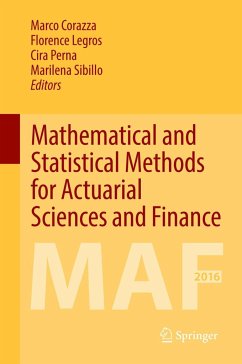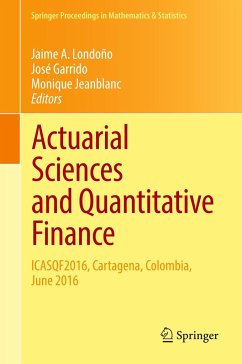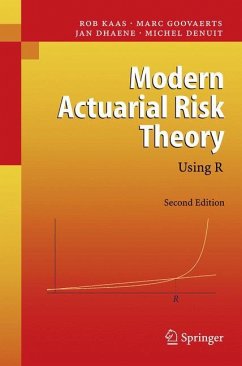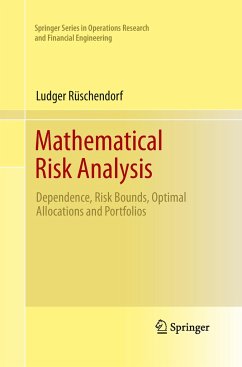
Contagion! Systemic Risk in Financial Networks

PAYBACK Punkte
29 °P sammeln!
This volume presents a unified mathematical framework for the transmission channels for damaging shocks that can lead to instability in financial systems. As the title suggests, financial contagion is analogous to the spread of disease, and damaging financial crises may be better understood by bringing to bear ideas from studying other complex systems in our world. After considering how people have viewed financial crises and systemic risk in the past, it delves into the mechanics of the interactions between banking counterparties. It finds a common mathematical structure for types of crises t...
This volume presents a unified mathematical framework for the transmission channels for damaging shocks that can lead to instability in financial systems. As the title suggests, financial contagion is analogous to the spread of disease, and damaging financial crises may be better understood by bringing to bear ideas from studying other complex systems in our world. After considering how people have viewed financial crises and systemic risk in the past, it delves into the mechanics of the interactions between banking counterparties. It finds a common mathematical structure for types of crises that proceed through cascade mappings that approach a cascade equilibrium. Later chapters follow this theme, starting from the underlying random skeleton graph, developing into the theory of bootstrap percolation, ultimately leading to techniques that can determine the large scale nature of contagious financial cascades.












